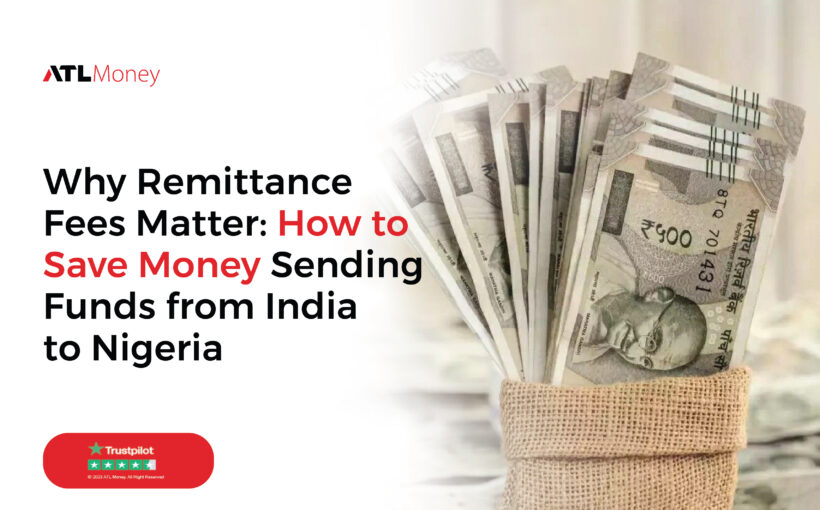Due to globalization and improved connectivity, people are constantly sending money to India more often, people in Nigeria, the UK, Ghana, or anywhere you can find Indians are constantly sending cash back and forth. However, one aspect that often goes unnoticed is the remittance fees associated with these transactions.
Today, we will explore why remittance fees matter and provide you with tips on how to save money when sending funds from India to Nigeria.
Why do Remittance Fees Matter?
Remittance fees are the charges imposed by remittance service providers for transferring funds from one country to another. These fees can vary significantly between different companies and can have a considerable impact on the total amount received by the recipient. Here are a few reasons why remittance fees matter:
1. Costs Add Up: When sending money from India to Nigeria, even small differences in remittance fees can accumulate to significant amounts over time. Paying attention to these fees can help you save money and ensure that a larger portion of your funds reaches your intended recipient.
2. Affordability for Recipients: High remittance fees can have a direct impact on the affordability of receiving funds for individuals and families in Nigeria. Lowering these fees can make remittances more accessible and beneficial for the recipients.
3. Transparency and Fairness: Understanding and comparing remittance fees ensures transparency and fairness in the process. It is important to choose service providers that offer competitive rates with clear fee structures, as this information allows you to make informed decisions.
How to Save Money Sending Funds to India:
1. Compare Remittance Service Providers: Before initiating a money transfer, take the time to compare different remittance service providers. Look for companies that offer competitive exchange rates and lower remittance fees. Online platforms and comparison websites can help you find the best option for your needs.
2. Consider Alternative Providers: Traditional banks are often associated with higher remittance fees. Considering alternative providers, such as specialized remittance companies, can help you save money. These companies often have lower fees and can offer competitive exchange rates.
3. Utilize Digital Platforms: Sending money through digital platforms is not only convenient but can also help you save on remittance fees. Many online providers have lower overhead costs compared to brick-and-mortar establishments, allowing them to offer more competitive rates.
4. Flexible Payment Options: Some remittance service providers offer various payment options, allowing you to choose the one with the lowest fees. For example, paying with a bank transfer or using a specific payment method might attract lower charges than credit or debit card payments.
5. Consider Transfer Speed: If your remittance needs are not urgent, choosing a slightly longer transfer time can lead to lower fees. Some providers offer different transfer speed options, with faster transfers often attracting higher fees.
6. Beware of Hidden Fees: When comparing remittance fees, it is essential to consider any hidden charges. Some providers may advertise low fees but include additional costs in the form of currency conversion rates or service charges. Carefully review the terms and conditions and ensure you are aware of the complete cost of the transfer.
7. Leverage Promotions and Offers: Keep an eye out for promotional offers and discounts provided by remittance service providers. These offers can temporarily reduce fees or provide other incentives, helping you save money on your transfers.
Conclusion,
When sending money abroad, understanding and minimizing remittance fees can significantly impact the amount received by the recipient. By comparing service providers, utilizing digital platforms, and considering flexible payment options, you can save money and ensure that a larger portion of your funds reaches your intended recipients.
Remember to pay attention to hidden fees, leverage promotions, and choose providers that offer transparency and competitive rates. By following these tips, you can make your remittance process more cost-effective and efficient.
